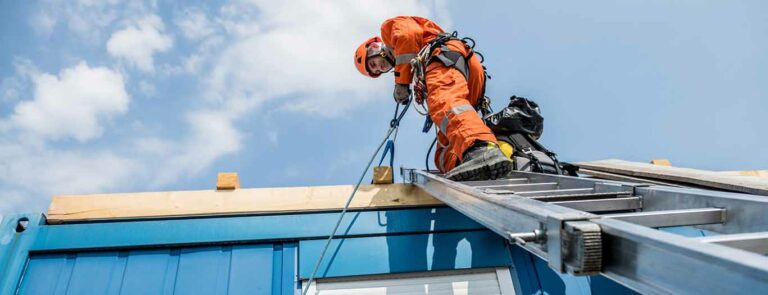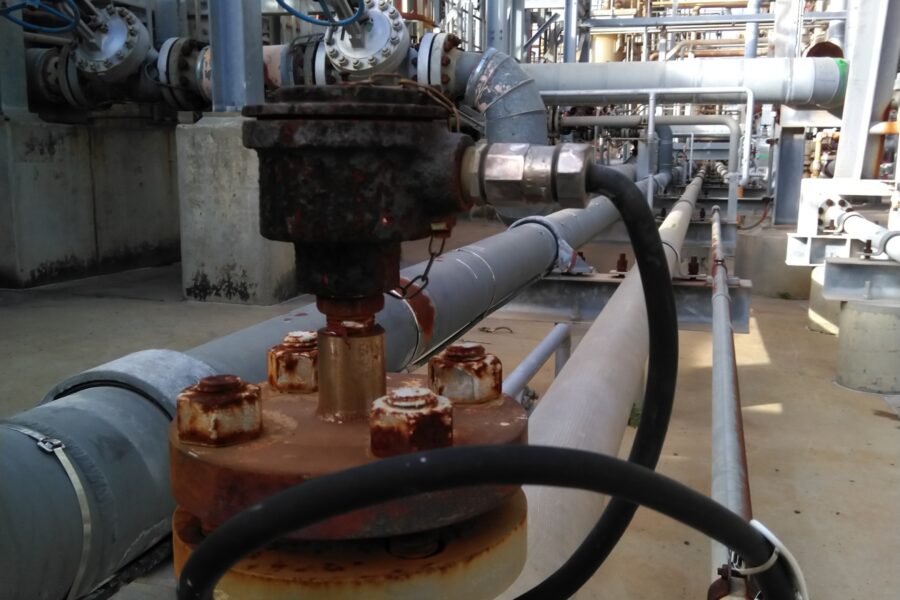The smart Trick of Roar Solutions That Nobody is Talking About
The smart Trick of Roar Solutions That Nobody is Talking About
Blog Article
Some Known Factual Statements About Roar Solutions
Table of ContentsRoar Solutions for BeginnersSome Known Questions About Roar Solutions.The Best Guide To Roar Solutions
In order to secure installations from a prospective explosion an approach of analysing and categorizing a possibly hazardous area is required. The purpose of this is to make sure the right option and setup of equipment to inevitably prevent an explosion and to ensure safety of life.
(https://www.magcloud.com/user/roarsolutions)
No devices must be mounted where the surface temperature of the devices is above the ignition temperature of the given risk. Below are some common dust dangerous and their minimal ignition temperature. Coal Dust 380C 225C Polythene 420C (thaws) Methyl Cellulose 420C 320C Starch 460C 435C Flour 490C 340C Sugar 490C 460C Grain Dust 510C 300C Phenolic Material 530C > 450C Aluminium 590C > 450C PVC 700C > 450C Residue 810C 570C The probability of the threat existing in a concentration high enough to cause an ignition will certainly differ from area to area.
Unsafe area electrical devices perhaps made for usage in higher ambient temperature levels. Field Fixing By Authorised Worker: Challenging testing may not be needed nonetheless details treatments may need to be adhered to in order for the devices to maintain its third party rating. Each item of tools with a harmful rating need to be examined individually.
Not known Incorrect Statements About Roar Solutions
The devices register is a thorough data source of tools records that consists of a minimum set of fields to determine each item's location, technological specifications, Ex lover category, age, and ecological information. The proportion of In-depth to Close examinations will be figured out by the Equipment Threat, which is evaluated based on ignition risk (the possibility of a resource of ignition versus the possibility of a combustible ambience )and the hazardous area category
( Zone 0, 1, or 2). Executing a robust Risk-Based Assessment( RBI )approach is important for guaranteeing conformity and safety and security in managing Electrical Tools in Hazardous Areas( EEHA).
The smart Trick of Roar Solutions That Nobody is Discussing

In regards to eruptive risk, a harmful area is an environment in which an explosive environment is present (or may be anticipated to be existing) hazardous area course in quantities that call for special preventative measures for the construction, setup and use equipment. hazardous area course. In this article we check out the challenges encountered in the workplace, the threat control measures, and the required competencies to function securely
It is a repercussion of modern life that we make, keep or manage a series of gases or fluids that are deemed flammable, and a variety of dusts that are regarded combustible. These compounds can, in particular problems, create eruptive atmospheres and these can have significant and awful consequences. The majority of us know with the fire triangular remove any one of the 3 elements and the fire can not take place, but what does this mean in the context of unsafe locations? When damaging this down right into its easiest terms it is basically: a combination of a specific quantity of launch or leakage of a specific material or material, combining with ambient oxygen, and the visibility of a source of ignition.
In many circumstances, we can do little regarding the levels of oxygen in the air, yet we can have considerable impact on sources of ignition, as an example electrical equipment. Hazardous areas are documented on the harmful location category drawing and are determined on-site by the triangular "EX LOVER" indicator. Below, amongst other crucial information, zones are split into three types depending upon the risk, the probability and duration that an explosive atmosphere will certainly exist; Area 0 or 20 is considered the most dangerous and Area 2 or 22 is regarded the least.
Report this page